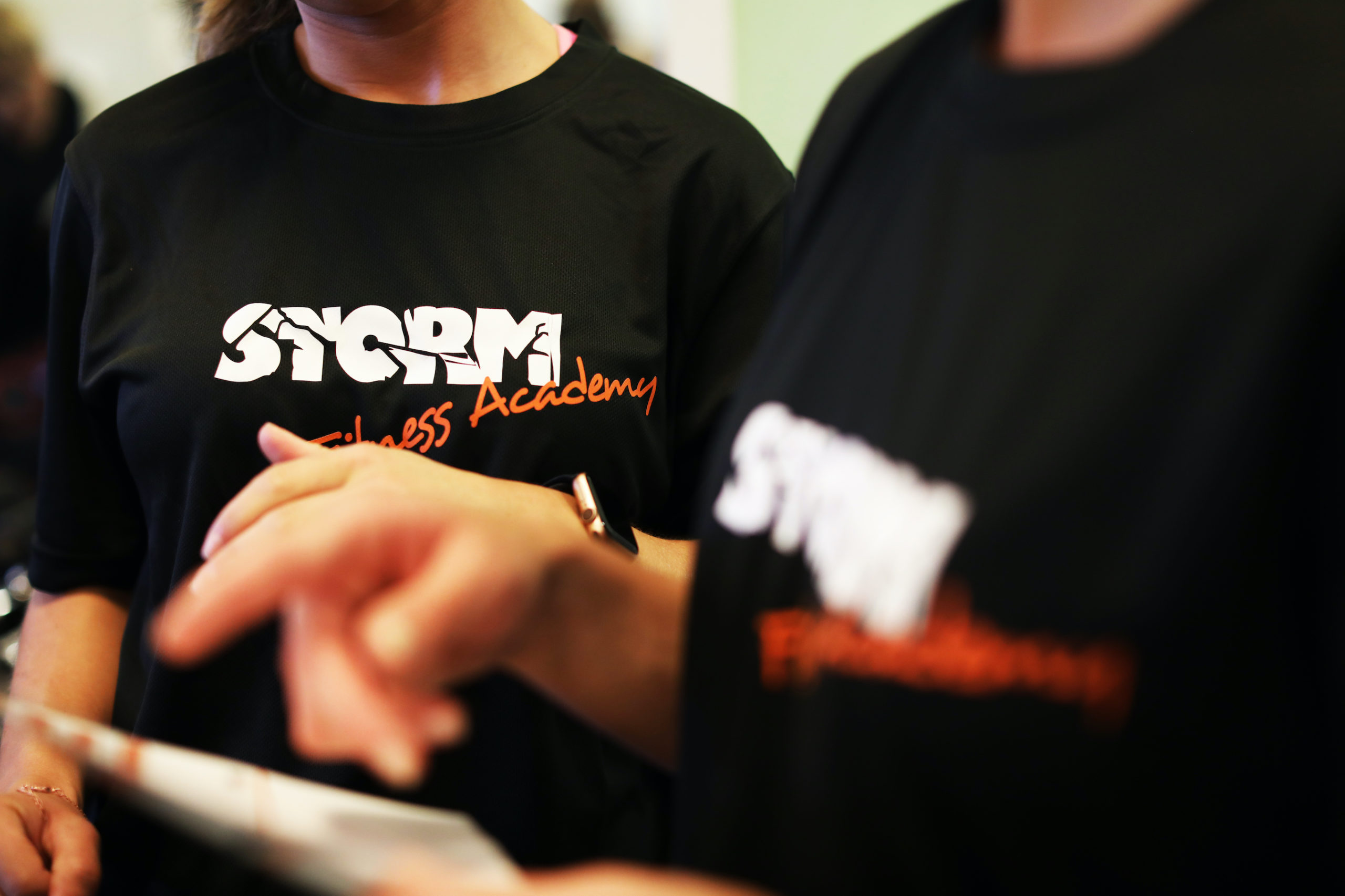GET IN TOUCH TODAY!
"*" indicates required fields

Many of you have been finding out recently that it is entirely possible to exercise in your own home. There are many reasons you may need to plan your own home workout.
A training session should have a clear objective. If your objective is to boost your happy hormones then something fun and challenging will do the trick. If you want to strengthen your cardiovascular system then you will need to do something that elevates your heart rate and increases your breathing frequency. If you want to strengthen your skeletal system, bones muscles, ligaments and tendons then you will need to do something resistance based.
Unless I’m training an athlete or an aspiring athlete I find that almost every client I help wants the same, albeit to different degrees, improve how they think they look, to feel strong, feel fit (CV fit), feel energised and feel healthy.
The great news is you can meet all those objectives with a good old fashion bodyweight circuit. Not only can you perform these with no equipment but you can also do them with very little space, i.e in your front room, bedroom, garden, hallway, landing or even your kitchen.
I like to keep things simple 4-6 exercises, 30-60 seconds per exercise x 2-3 rounds is my preferred method.
For exercise to positively affect our health we have to ensure we move really well. Correct posture, alignment, activation, coordination, balance. The only way to achieve this is the mindful rehearsal of a handful of exercises, think quality, not quantity. Once we can move really well we can then increase the volume (time/reps/sets/rounds) or the intensity (speed, power, load).
Your first round is testing the water. You’re breaking your self in and assessing your movement quality. Any exercise you feel you execute with awesome form feel free to increase the tempo on the next round. In other words, squeeze in more reps. You can almost think of it as one warm-up round plus one or two working rounds.
Most of the research suggests that placing our muscles under tension for this timeframe can induce some hypertrophy if the resistance is challenging enough. Larger muscle cells = higher resting metabolism, thicker ligaments, tendons and bones. This duration will also push your aerobic system so you get the added cardiovascular benefits. Any longer than this and the fatigue will probably start to negatively affect the quality of your movement.
If I have no equipment, not even a chin-up bar, then I will plan my circuit to include:
After a gentle warm-up and preparatory stretch try this bodyweight circuit below:
Rest for as long as you need to between rounds. 1 to 2 minutes is a good guideline, and remember ‘quality not quantity’. Put some music on if it motivates you, just have some fun.
Enjoy folks.
For more information or advice, please call Jon on 01273 613014.